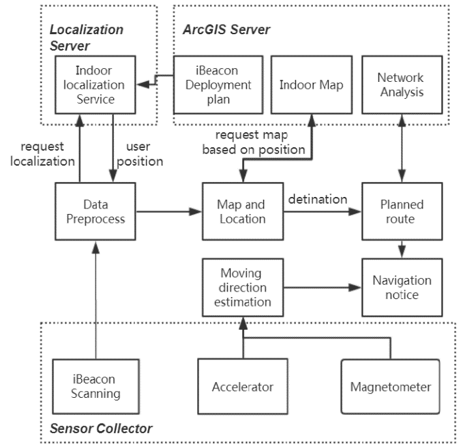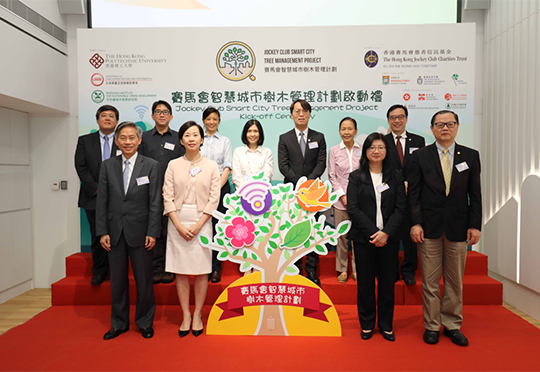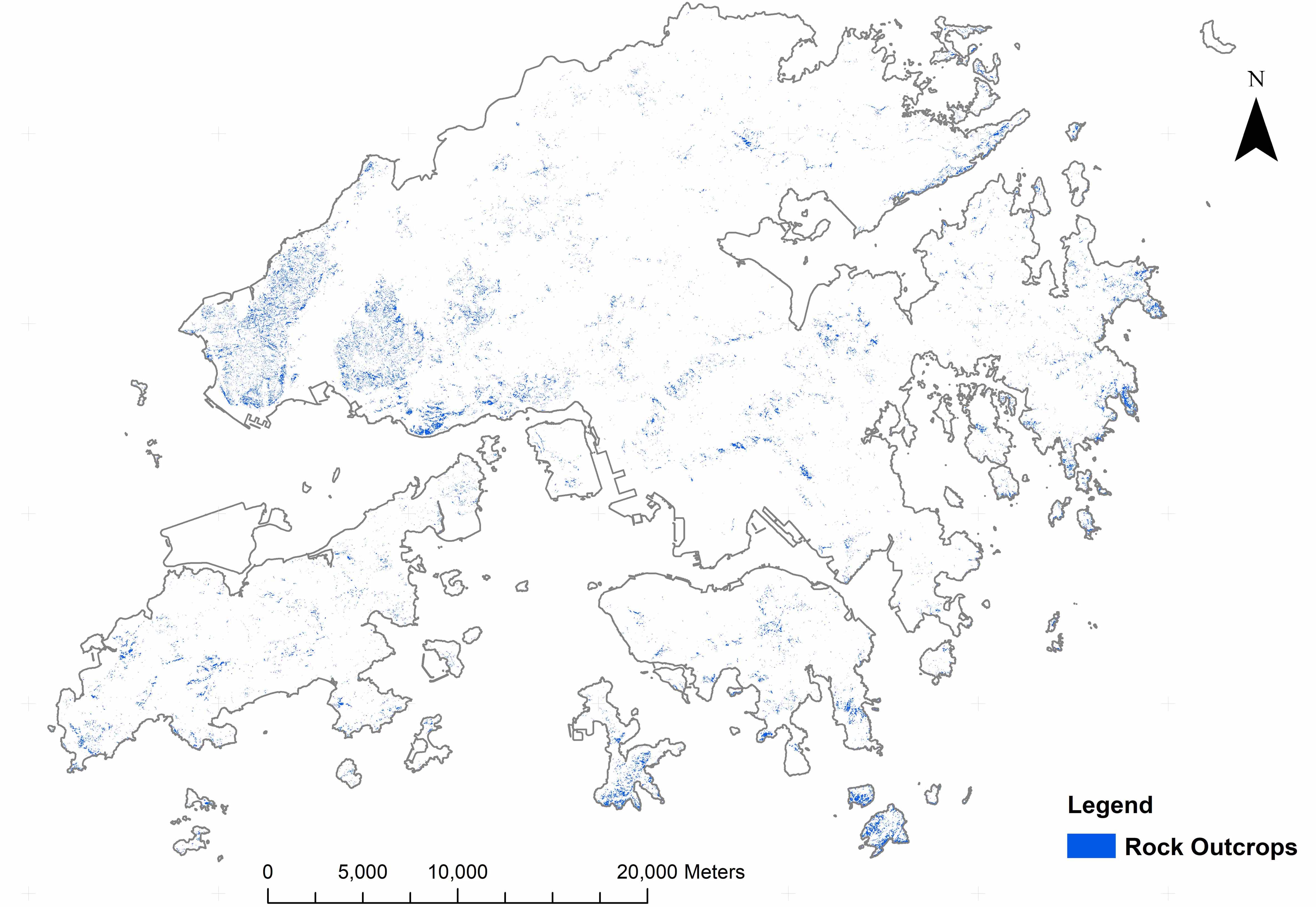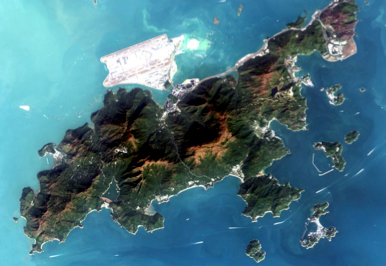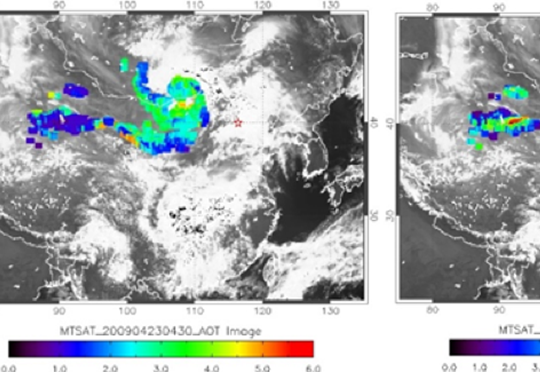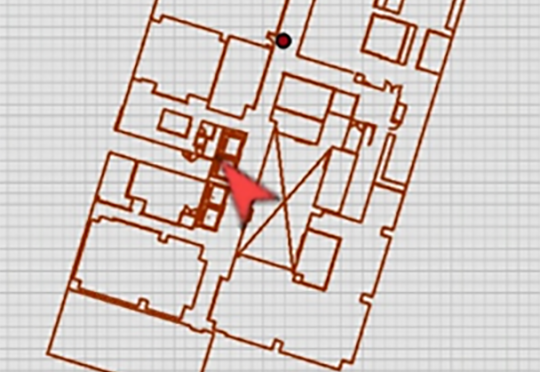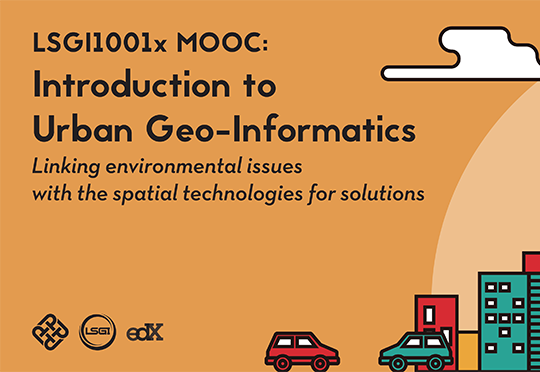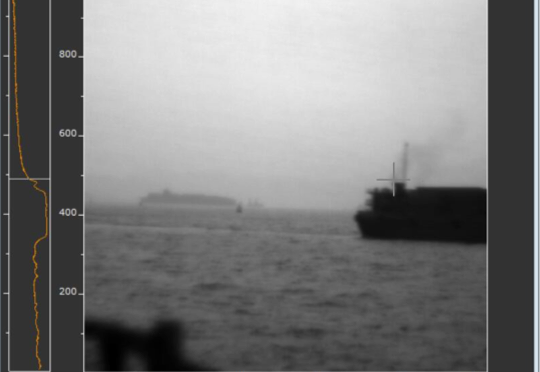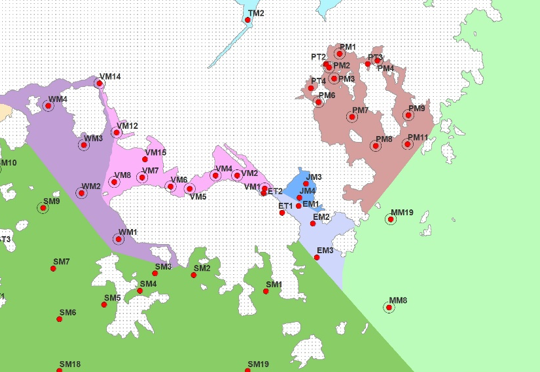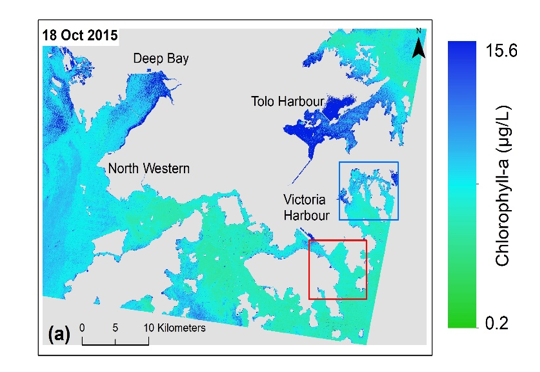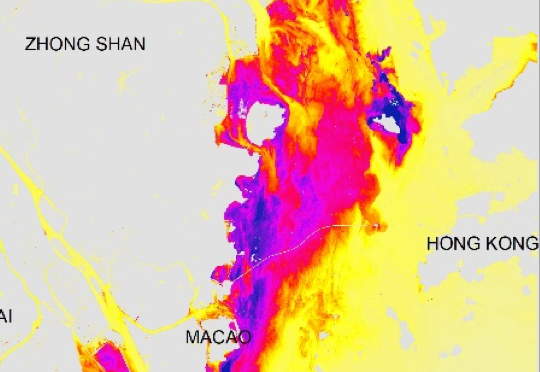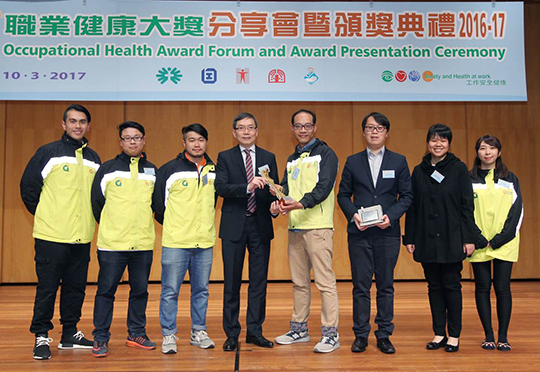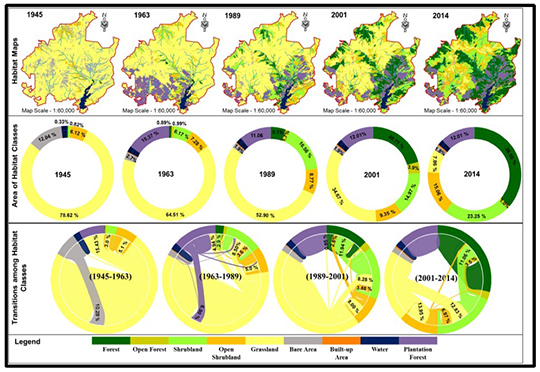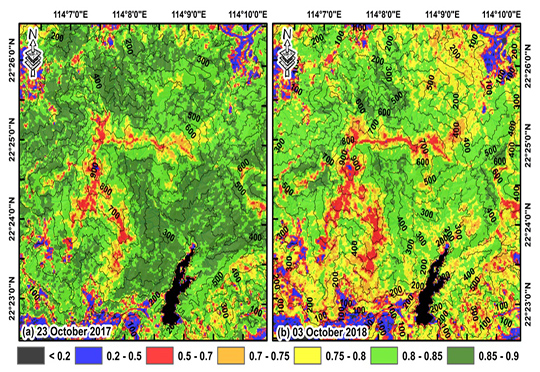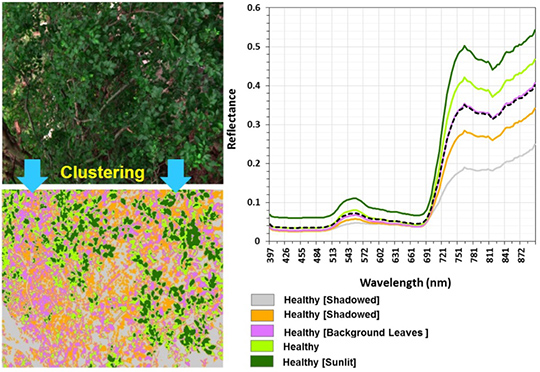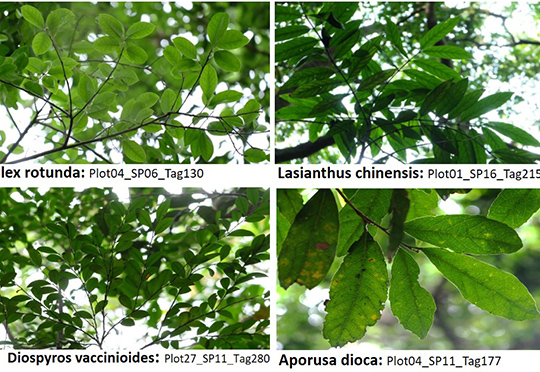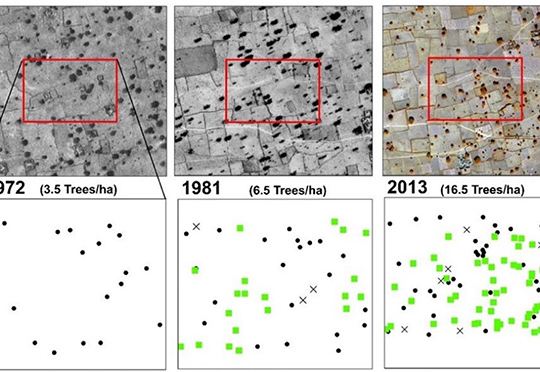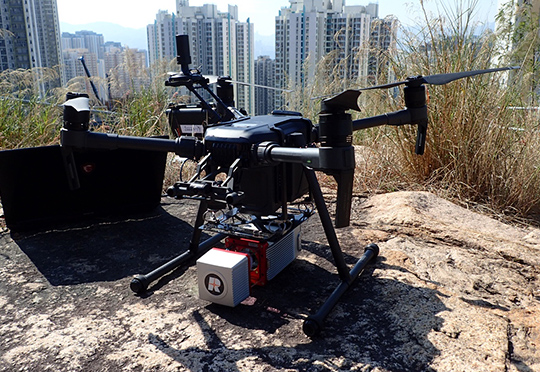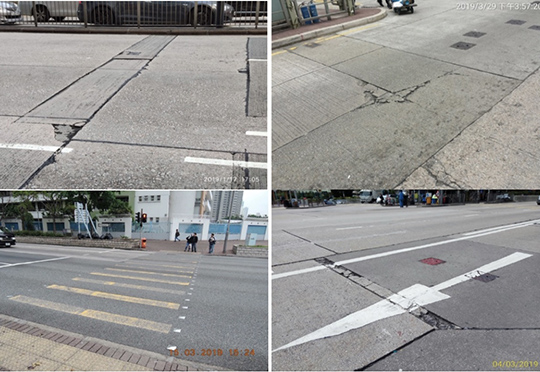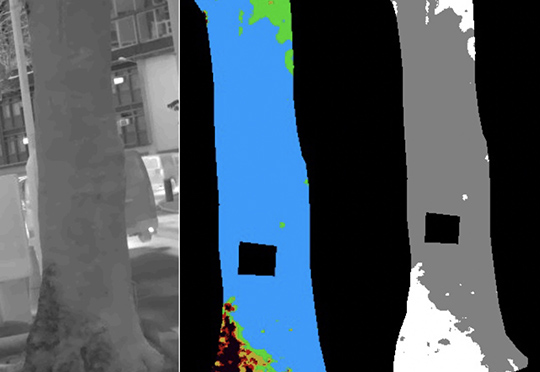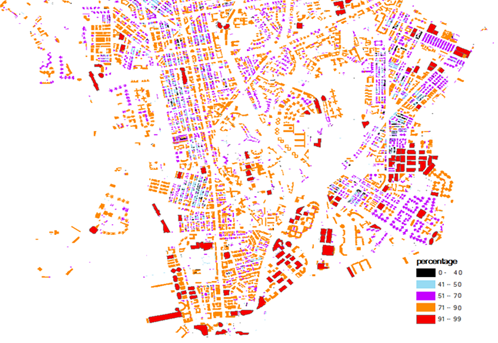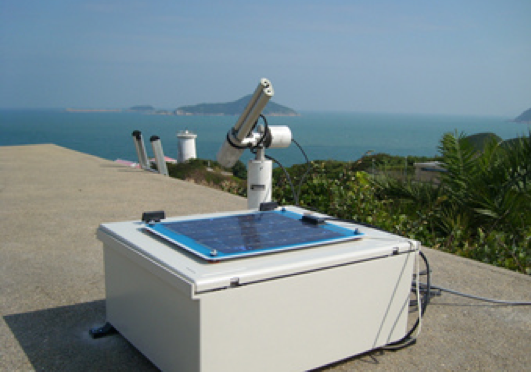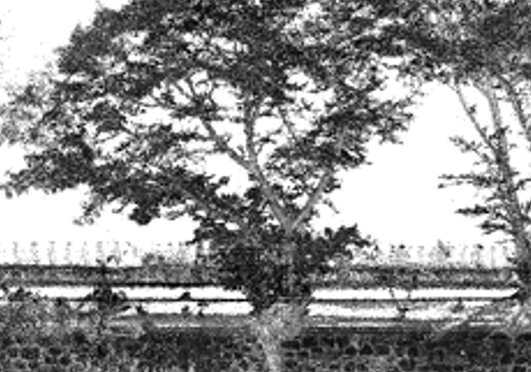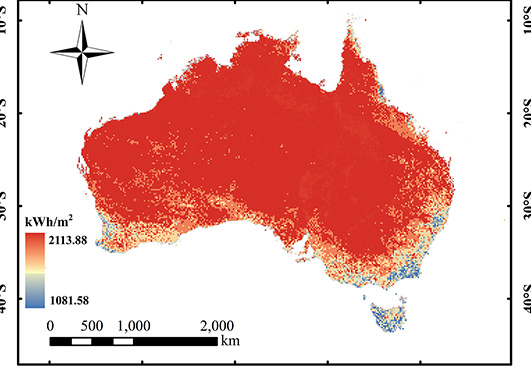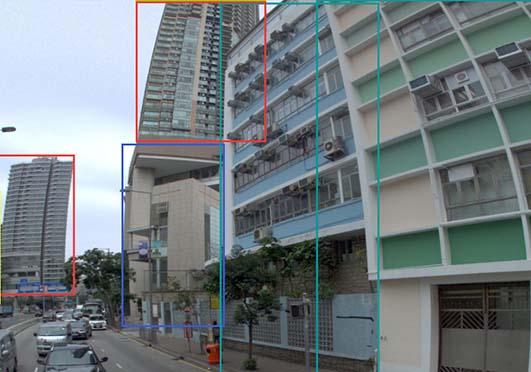iBeacon Positioning
We utilize the iBeacon technology for indoor positioning and navigation based on different localization method.
-
Project Details
Bluetooth Low Energy (BLE) technology provides opportunity for indoor positioning, which is a low-power and wireless technology built for the Internet of Things (IoT) developed by the Bluetooth Special Interest Group. The “iBeacon” specification was introduced by Apple Inc. and is widely used in mobile application development. The standard iBeacon tag transmits the general information through BLE. A BLE tag has an effective signal range up to tens of meters and it has a battery life that may last for several years. BLE technology has now been applied in Smart Homes, healthcare, security, entertainment and fitness areas. Modern smart devices (iOS 7+, Android 4.3+ and WP 10+) have the ability to receive BLE signals and run BLE applications. With the advancement of iBeacon, functions for the indoor environment such as LBS for disseminating advertisements in shopping malls and disseminating information in museums can be supported. BLE also realizes proximity-triggered interaction and also provides a solution for iLBS, since the iBeacon broadcasts Bluetooth signal continuously and smart devices can estimate the location by measuring the Received Signal Strength Indicator (RSSI) values. Recently, some mine haulage navigation applications have applied BLE technology.
